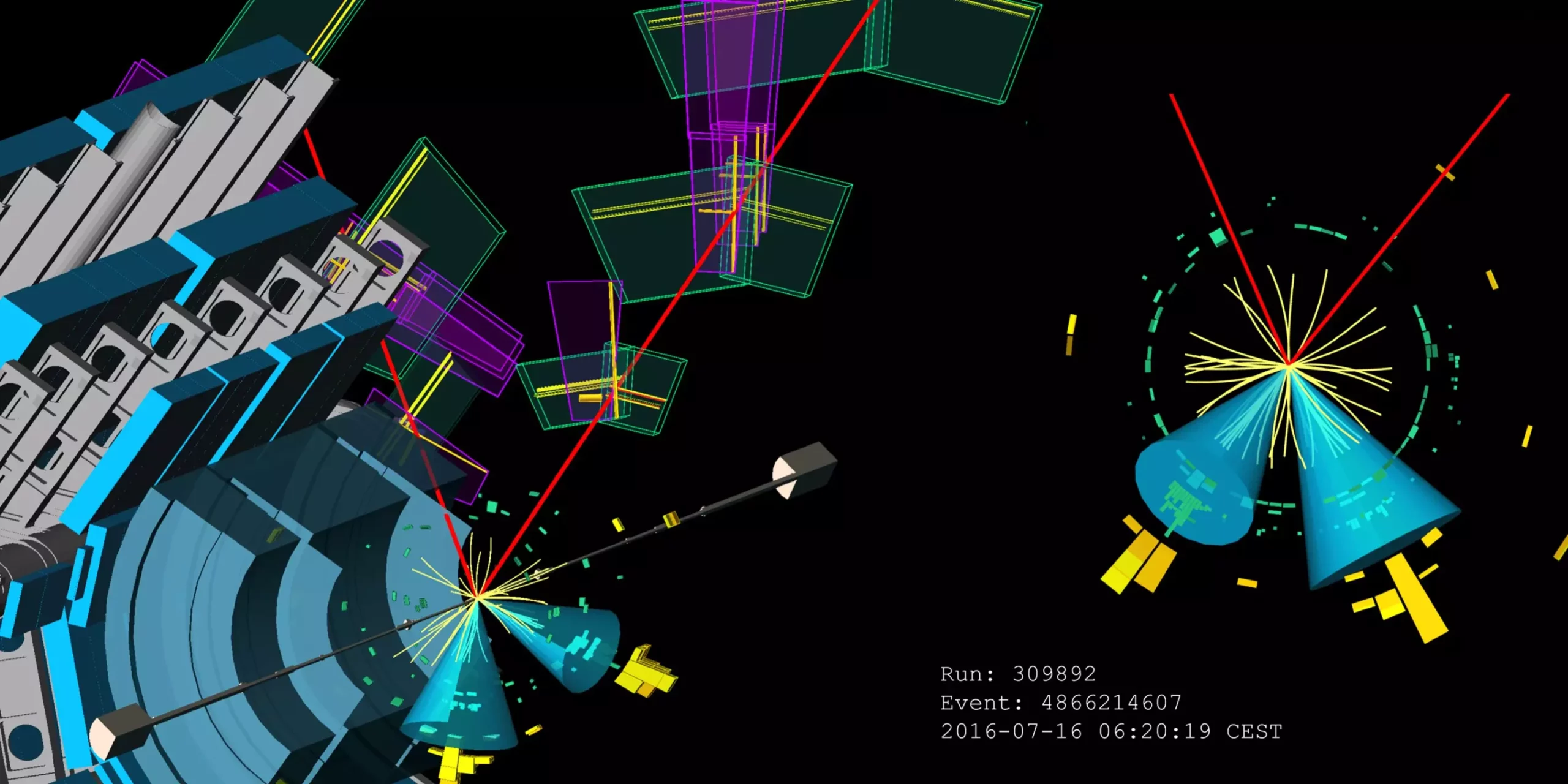The pursuit of understanding the fundamental building blocks of matter has taken a significant stride with the ATLAS collaboration’s ongoing efforts to measure the Higgs boson’s interactions more accurately. As one of the cornerstones of the Standard Model of particle physics, the Higgs boson plays a crucial role in explaining how particles acquire mass through the mechanism of electroweak symmetry breaking. Recent developments presented at the International Conference on High-Energy Physics (ICHEP) in 2024 have shed new light on the Higgs boson’s interactions with the heaviest quarks, namely the top, bottom, and charm quarks, leading to enhanced understanding of this pivotal particle’s behavior.
To grasp the significance of these interactions, it’s essential to understand the process of Higgs boson production and decay. When the Higgs boson is produced, it can decay into various particles, and by meticulously studying these decay channels, researchers can ascertain the strengths of these interactions. The recent measurements by the ATLAS group focused on the decays into bottom (b) and charm (c) quarks, significant since they are among the primary ways a Higgs boson can manifest its interaction with matter. These measurements were made possible through sophisticated reanalyses of data acquired during LHC Run 2, which spanned from 2015 to 2018.
Additionally, innovative jet tagging techniques came into play, allowing scientists to classify the jets produced in the decay process accurately. When a Higgs boson decays into quarks, the resulting particles fragment into collimated sprays known as jets, and the capability to identify the flavor of these quarks is paramount in discerning the Higgs boson’s various interaction strengths. The improvements in jet tagging specificity for charm and bottom quarks have resulted in a notable increase in sensitivity for decay channels like H→bb and H→cc, marking an important milestone for the ATLAS collaboration.
One of the standout achievements of the ATLAS collaboration during ICHEP 2024 was the identification of the WH, H→bb process with a significance level of 5.3σ, alongside the ZH, H→bb observation at 4.9σ significance. These findings not only mark the first systematic observation of these production channels but also reinforce the compatibility of the results with the predictions made by the Standard Model. Furthermore, given that the decay of the Higgs boson into charm quarks is significantly less probable—a factor of 20 less likely than its decay into bottom quarks—the results have set upper constraints for potential interactions in this channel, thus amplifying the anticipation for future experiments at the High-Luminosity LHC.
The exploration didn’t stop there; the ATLAS collaboration also delved deep into the complexities surrounding the Higgs boson’s interaction with the top quark. The process of Higgs production in association with two top quarks was characterized by a challenging environment fraught with large background noise. However, recent analysis techniques improved the discernment of this intricate process, achieving a sensitivity enhancement of a factor of two. The measured signal strength for ttH, H→bb production was reported as 0.81 ± 0.21, revealing profound insights into how the Higgs boson interacts with the most massive known elementary particle.
As the LHC anticipates an influx of data from its ongoing Run 3, the opportunity for even finer precision and deeper investigation into the nature of these interactions is on the horizon. The forthcoming High-Luminosity LHC (HL-LHC) is particularly promising, as it aims to elevate the exploration of rare processes, including the detection of H→cc, further bridging the gap between experimental results and theoretical predictions.
Concluding Thoughts: The Path Ahead
The advances presented at ICHEP 2024 signify a pivotal advancement in particle physics, reinforcing the foundation laid by the Standard Model while paving the way for future discoveries. As researchers harness state-of-the-art methodologies and refine their analytical approaches, the quest to decode the mysteries surrounding the Higgs boson’s role in the cosmos continues to ignite excitement. With each step forward, researchers inch closer to unearthing the intricate web of interactions that govern the universe’s behavior at its most fundamental level, a journey that promises to yield profound implications for our understanding of reality itself.


Leave a Reply